Carleton Architecture Students Recognized in International Bauhaus Campus Architecture Competition
Two undergraduate students from the Azrieli School of Architecture & Urbanism have won recognition in an international competition to reimagine the famous Bauhaus school in Dessau, Germany.
The Bauhaus Campus 2021 Architecture Competition for Students took place between November 2020 and May 2021, attracting 1,795 participants and 388 projects from 82 countries.
Bennet Harvey was one of 10 entrants to receive an Honourable Mention. His project, A Space for Sustainable Renaissance, aims to offer students “a unique atmosphere for sustainable teachings.”
The six-member jury praised the project’s completeness. “This campus aims not only to be sustainable but also to become an educational tool in itself, both for the campus residents and the people of Dessau.”
The jury also named Noah Desjardins as one of 39 finalists. His project, Sustained Illumination, has a polycarbonate curtain wall that brings lighting levels to a higher level and reduces the dependency on electrical power.
Harvey and Desjardins developed the projects in the third-year Global DSA Virtual Studio, led by Associate Professor Manuel Baez. The studio took on the design challenge offered by the competition. Baez asked the students to reflect upon their recent and ongoing experience due to the COVID-19 pandemic, other critical concerns, and their cumulative educational experience since they entered the architecture program.
“I’m delighted with the projects from all of the students for the Virtual DSA Studio and congratulate Bennet Harvey and Noah Desjardins for their successful projects,” says Baez.
“The critical and disruptive time in history that we are going through from an environmental, social, and cultural perspective call for the type of all-encompassing radical rethinking that the original Bauhaus offered the world,” he says. “This competition studio offered an opportunity for the students to address these current concerns and to propose how this can be addressed through educational institutions and practice.”
A Space for Sustainable Renaissance
Bennet Harvey
Honourable Mention
Project Statement
In just 13 years, it is estimated that the number of people in the consumer class will increase by over two billion people. In this regard, it becomes important to educate the designers of the future in ways of sustainable design and living.
Heavy timber construction alongside rammed earth was chosen as the main building materials for the project, minimizing CO2 emissions through construction and maximizing CO2 sequestered. ETFE is also used, giving hierarchy through material to the exhibition space and greenhouse.
The placement of the project in the southwest corner of the site allows for a landscape to be fabricated in the remaining area, marking a disconnect between the city and the project. A greenhouse allows for teachings into sustainable farming and for a community garden and farmer markets to be hosted in the shared space between the classes and exhibition.
Select dorms are inserted into the fabricated landscape for students or teachers in conversation with the greenhouse. The addition of boardwalks to the landscape allows for potential future growth.
Jury Comments
The jury valued the completeness of this architectural project as a whole. It doesn’t hide its intention to become a reference in sustainability, a topic that is among the greatest challenges that architecture is facing these days. This campus aims not only to be sustainable but also to become an educational tool in itself, both for the campus residents and the people of Dessau.
The project does not address sustainability by simply covering a regular building in solar panels or other elements which might help it become more sustainable. It takes sustainability and makes it the essence of the campus and the project, making it a key variable in every decision taken — from the treatment of the site to the materials used, such as wood (which is locally available in Germany) and compacted earth (which could be taken from the excavation required to build the pond.

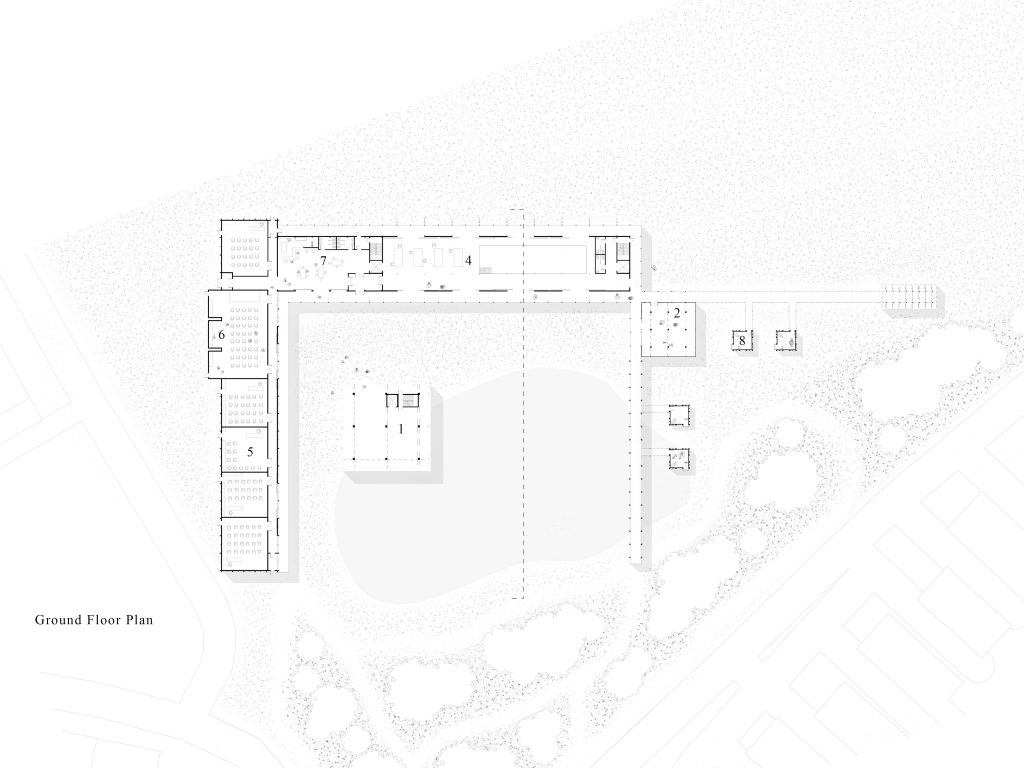
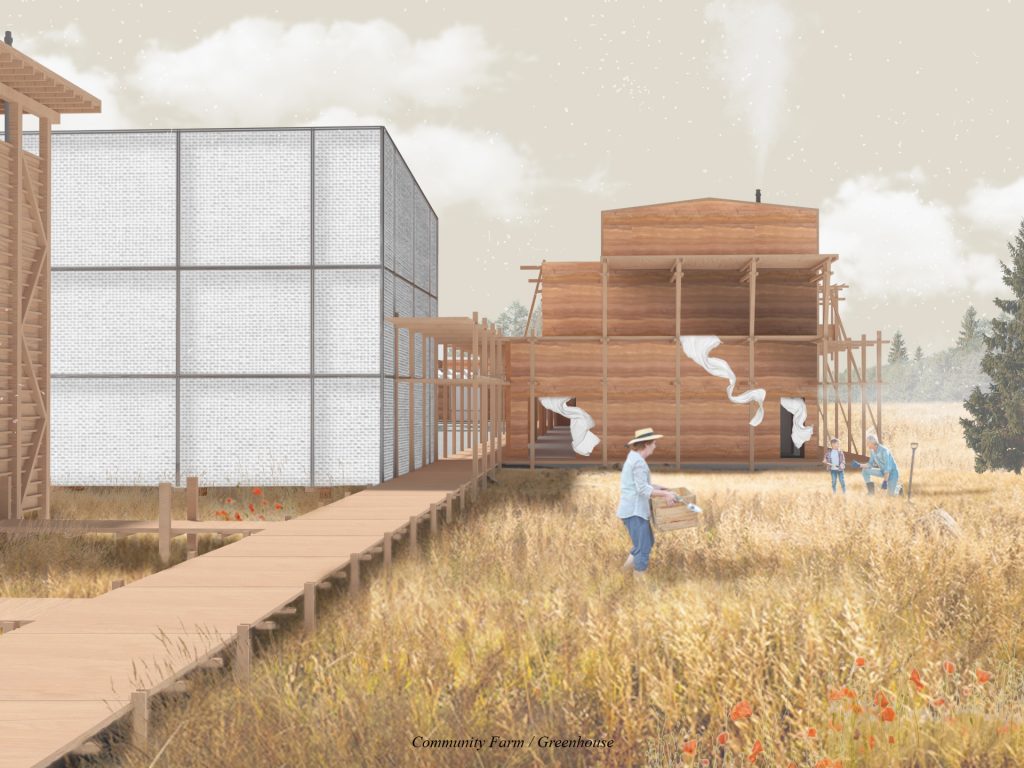
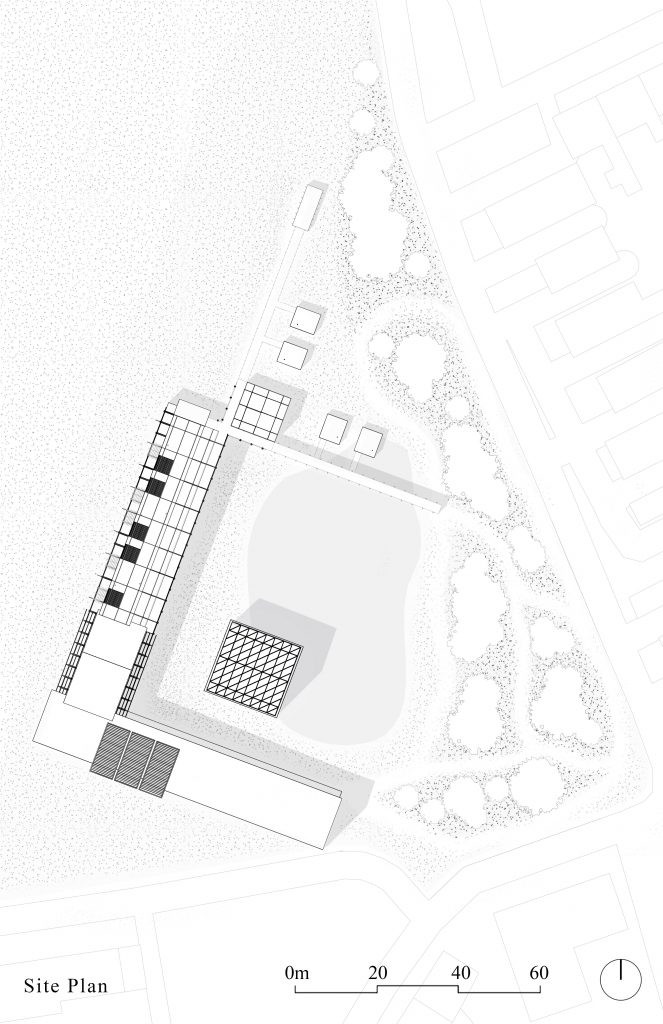
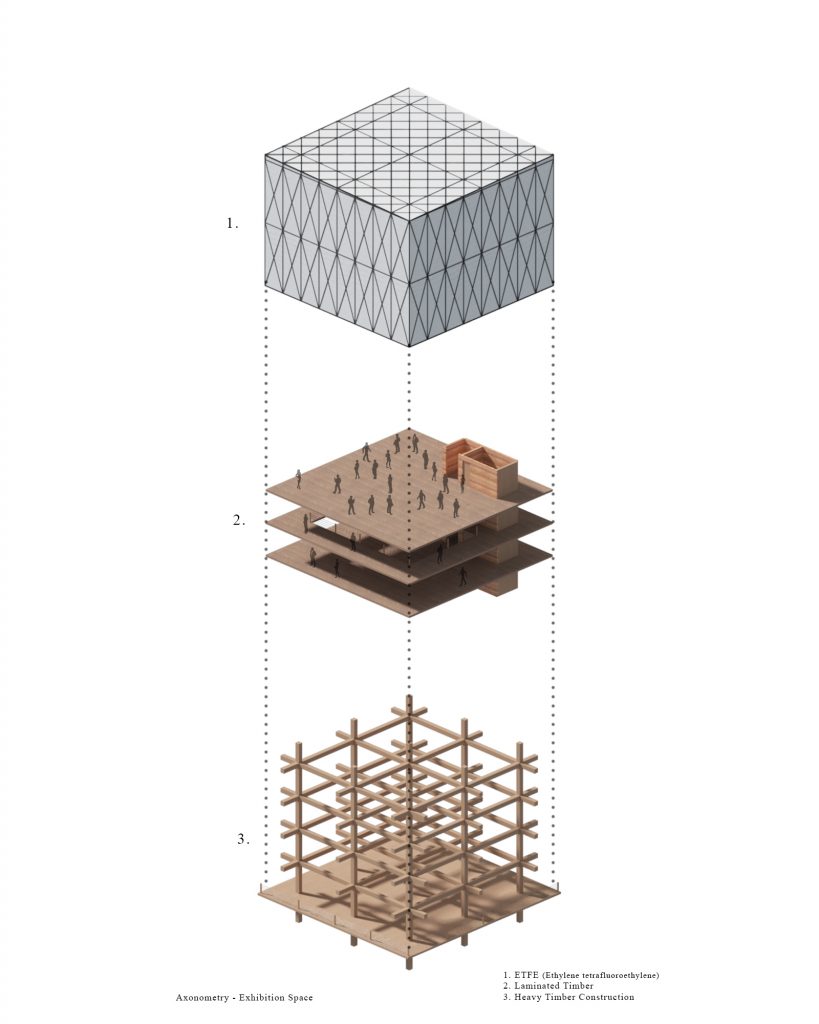
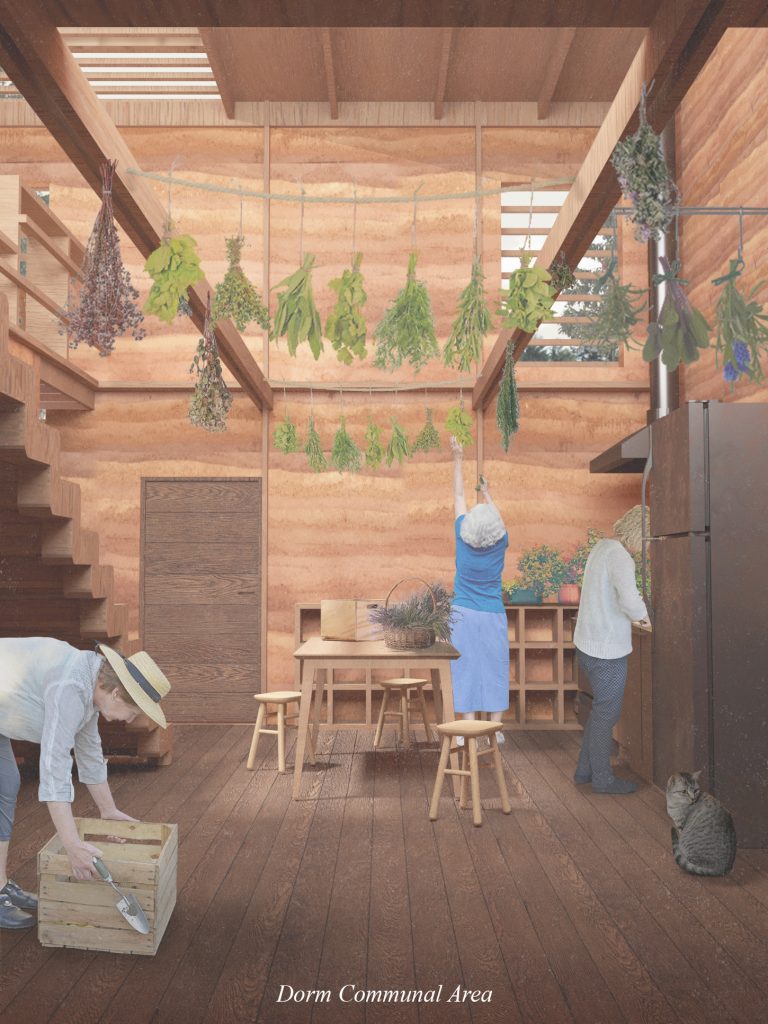
Sustained Illumination
Noah Desjardins
Finalist
Project Statement
Walter Gropius’ 1919 Bauhaus was about innovation and the idea of reimagining the material world and how it reflects the unity of all the arts. Yet, in 1919 the world was looking at this differently with steel, concrete, and curtain wall construction as innovations for its time, but very common nowadays.
Bauhaus Campus 2021 must be equally as innovative, a campus built for a sustainable future addressing critical environmental concerns with a vision towards reducing our carbon footprint.
Sustained Illumination is built with sustainable materials, beginning with its overall mass timber structure and its positive environmental impact.
Moreover, the envelope is a polycarbonate curtain wall with high refractive properties creating softer shadows in the workshop studios and all around. Polycarbonate helps lighting levels reach a higher level, reducing the dependency on electrical power. These main components and related technological innovations reflect the overall goals of Sustained Illumination toward positive contributions and much-needed ecological balance.

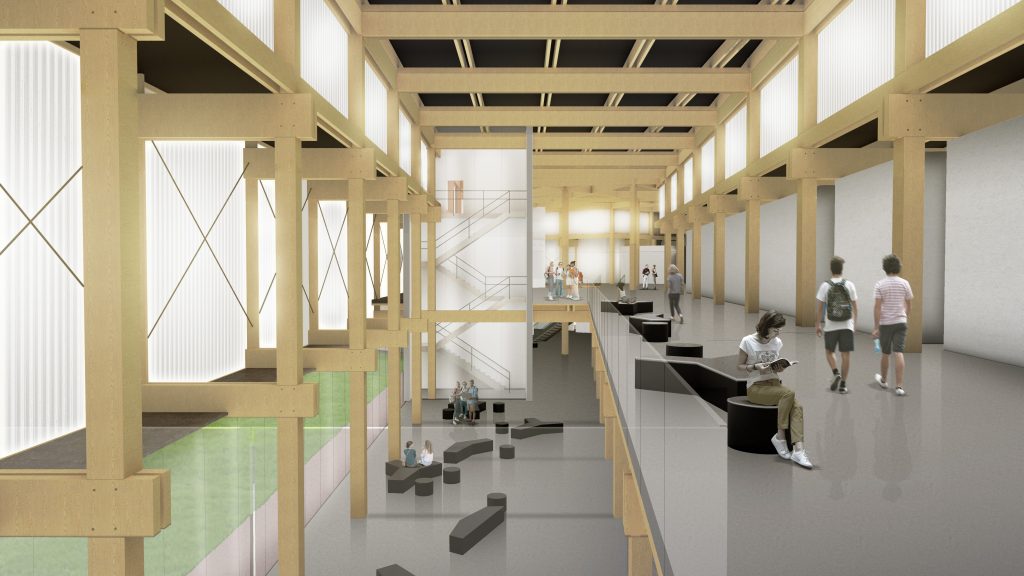
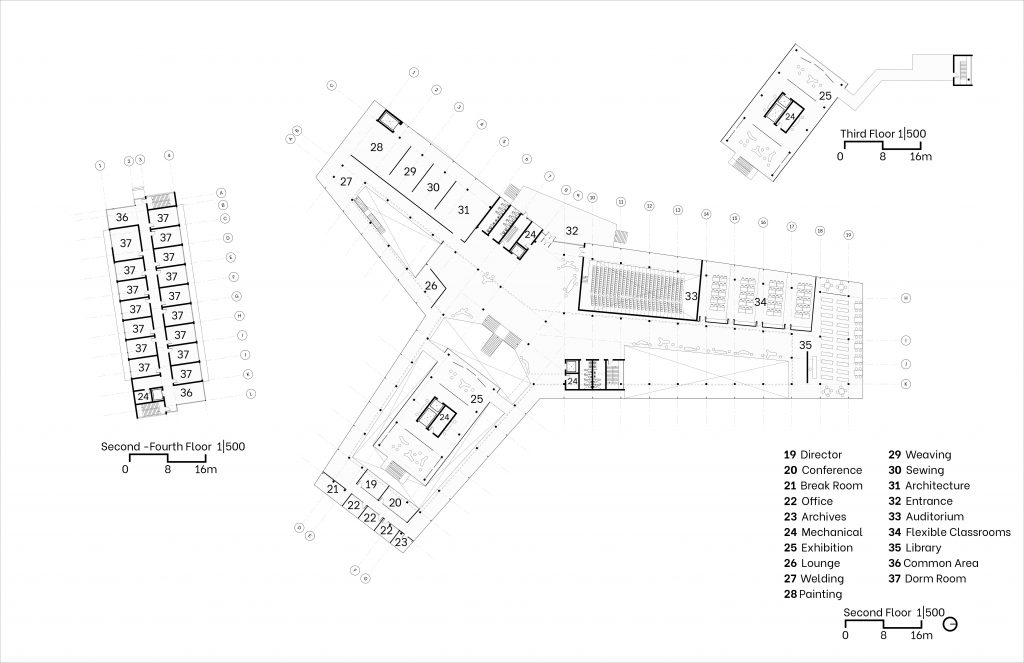

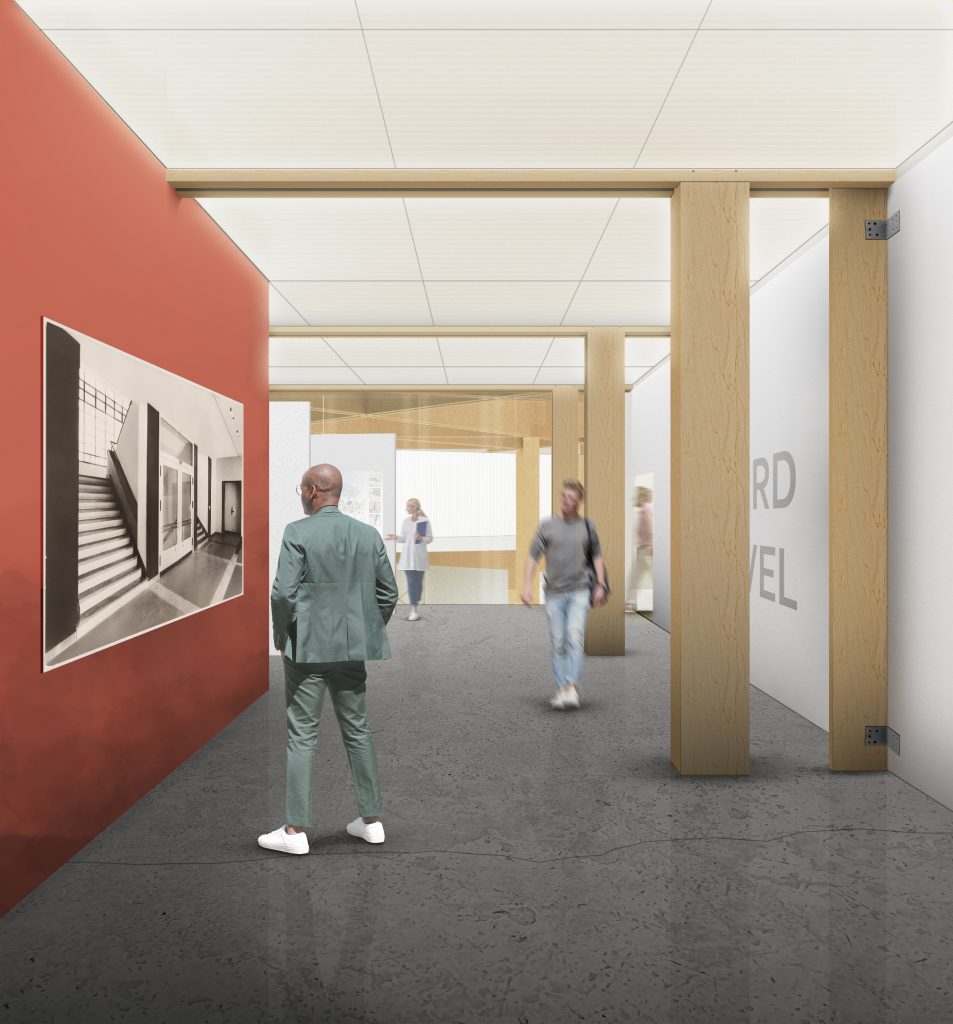
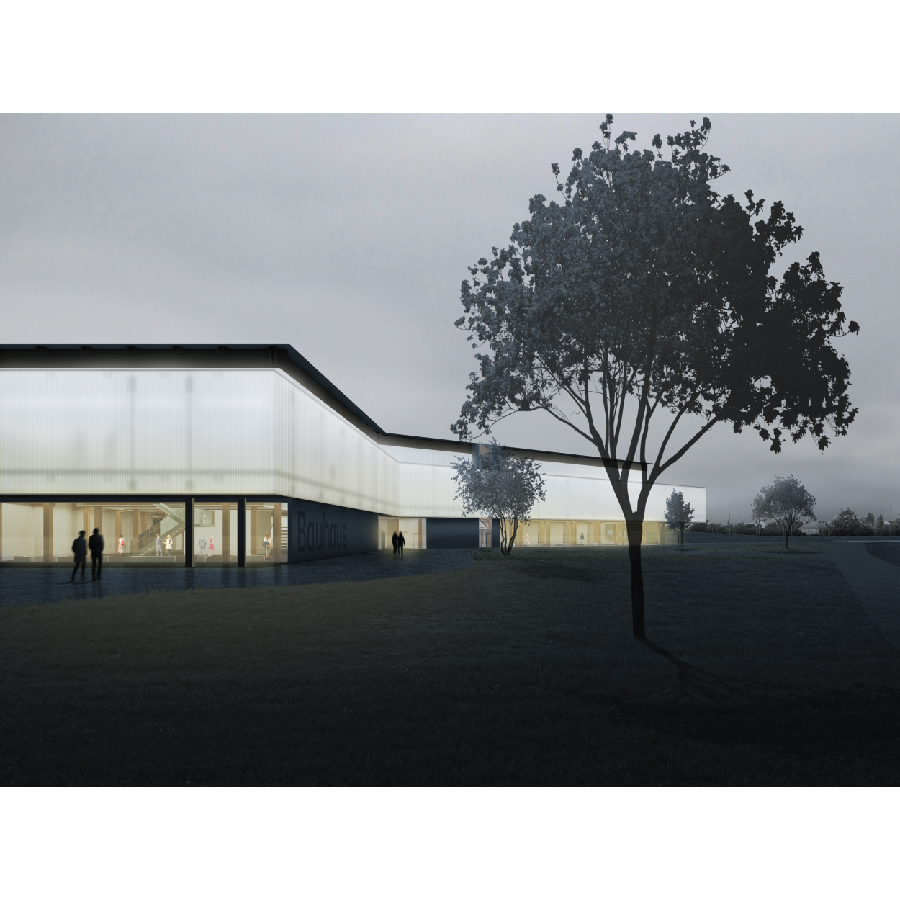
Architect Walter Gropius founded the Bauhaus, a school of design, architecture, and applied arts that existed in Germany from 1919 to 1933. It became one of the most influential schools in history, shaping the concept of architecture in the modern world.
The competition, organized by the competition platform Arkitekturo, urged students “to Immerse yourself in the world of the Bauhaus, their mindset, their ideals, their vision.” It called on them to imagine a 2021 Bauhaus Campus as a “space of creativity and vanguardism, where new concepts and ideas for the architecture of tomorrow can be debated and explored.”
The jury:
Addenda architects — Architects of the Bauhaus Museum in Dessau, 2015
bajet giramé — Barcelona-London based practice founded by former David Chipperfield Architects colleagues
Montserrat Villaverde — Expert in historical research in the field of architectural heritage. Lecturer at La Salle School of Architecture
Leku Studio— Authors of the Super Illa de Sant Antoni, an urban intervention in the centre of Barcelona
The jury unanimously selected a first prize, a second prize, a third prize, and 10 honourable mentions. In addition, they recognized 39 finalists.